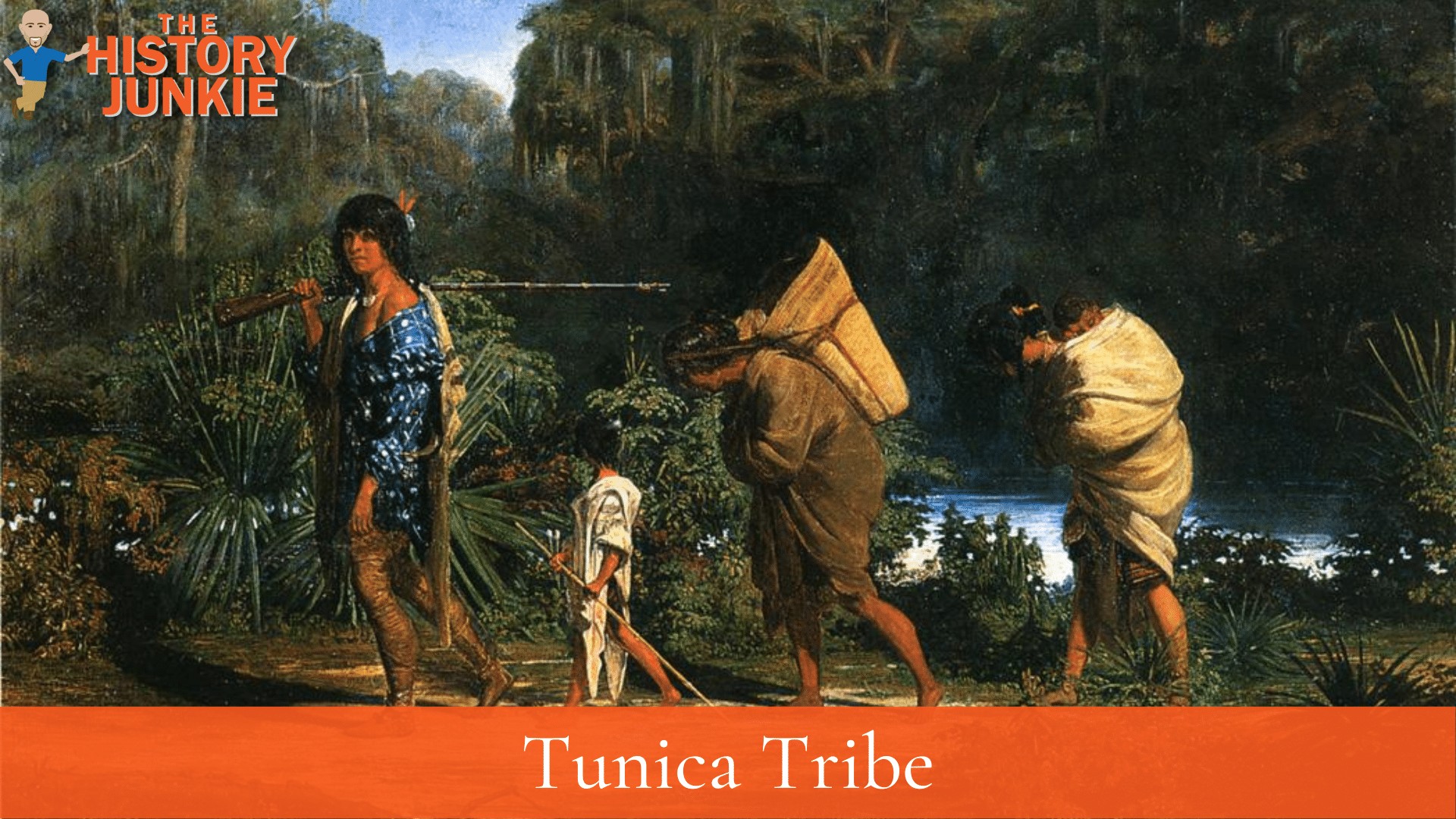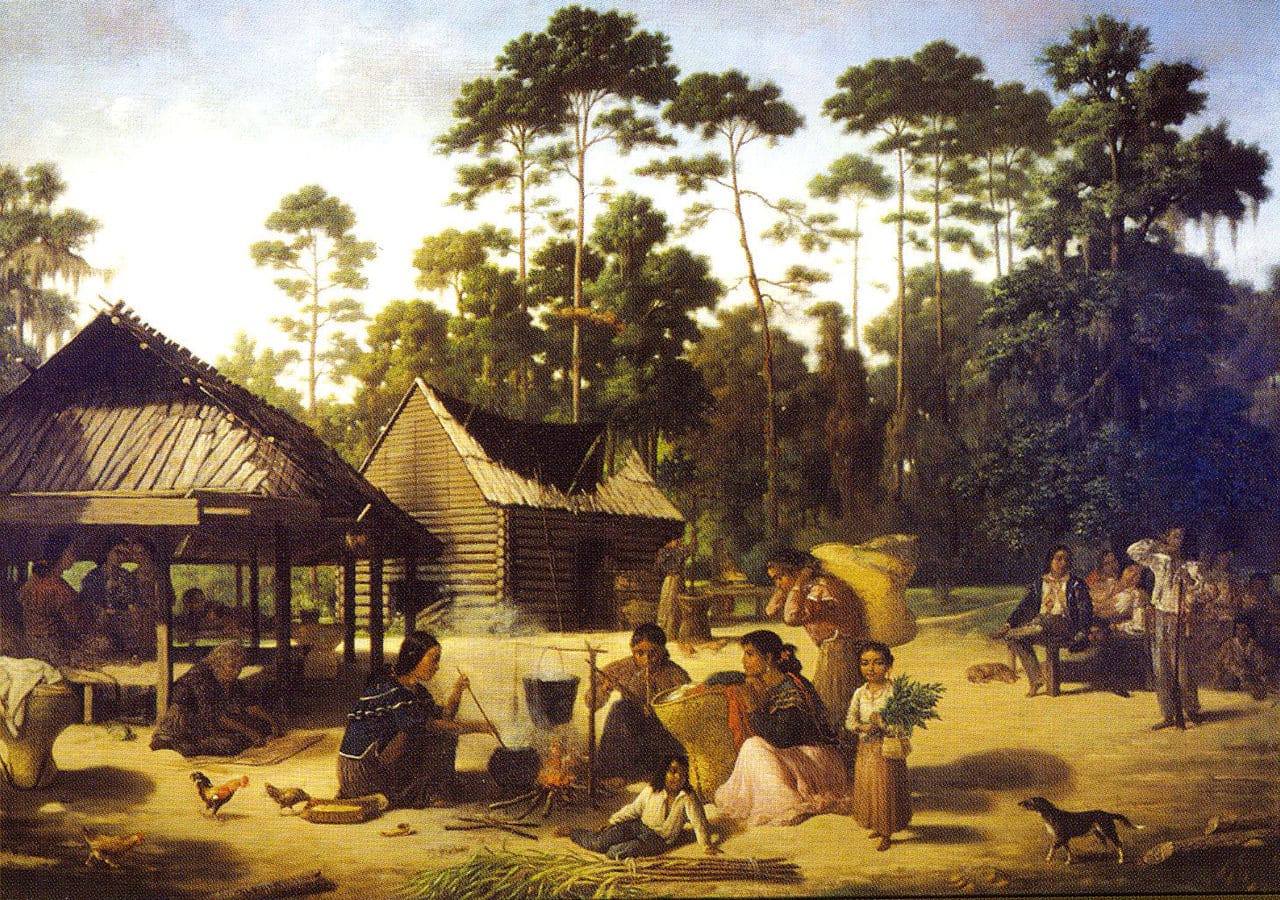
Jump to:
#1. Hernando De Soto Was The First To Record The Tunica Tribe
The Tunica tribe was a Southeast Tribe that lived in the Mississippi River Valley and did not have much contact with the Spanish that had begun to colonize the Caribbean, Central America, and Mexico. It would not be until the Spanish Conquistador, Hernando de Soto, arrived.
In the spring of 1541, Hernando de Soto and his army approached the eastern bank of the Mississippi River, coming upon the Province of Quizquiz. These people spoke a dialect of the Tunican language.
At that time, these related groups covered a large region extending along both sides of the Mississippi River in present-day Mississippi and Arkansas.
#2. The French Were The Second To Make Contact

After their initial visit from Hernando de Soto, the Tunica tribe did not see another European for another 150 years. However, by that time, the damage had been done from the initial contact.
While the Spanish had been in their territory only for a short time, their encounter had devastating effects. The accidental introduction of Eurasian infectious diseases, such as smallpox, ravaged the native populations, who had no acquired immunity. The Tunica Tribe was not an exception.
By the time the French arrived, the population had dwindled down to 900 people in total.
#3. The Tunica Were Excellent Traders

The Tunica Tribe had always practiced the trade of salt. They were able to develop it and were the middlemen for many other tribes. De Soto noted the salt that he had seen.
As the years passed and the Tunica moved from the original lands, they picked up another trade, horses.
Horses were not native to America and were brought from Europe to America. Soon, horses would become a staple for many Native Americans. The Tunica became excellent at breeding and trading them.
A quote from Father Charlevoix sums up the French relationship with the Tunica:
The chief received us very politely; he was dressed in the French fashion and seemed to be not at all uneasy in that habit. Of all the savages of Canada (New France), there is none so depended on by our commandants as this chief. He loves our nation and has no cause to repent of the services he has rendered. He trades with the French, whom he supplies with horses and fowls, and he understands his trade very well. He has learned of us to hoard up money, and he reckoned very rich.
#4. The Biloxi and Tunica Tribe Intermarried
Disease wiped out so much population among the Native Americans that it caused many tribes to merge or intermarry.
One such example of this was the Biloxi tribe and the Tunica tribe. This relationship began in the 18th century and still exists today. The Tunica-Biloxi Nation is a federally recognized tribe located in Louisiana.
The Biloxi tribe held some similarities in their culture but oddly did not share a language. The Tunica spoke their own Tunica language, which is considered an isolated language. The Biloxi was a Siouan-speaking tribe.
Other tribes, such as the Ofo, also merged with the Tunica.
#5. The Tunica Survived Tumultuous Times

The Tunica would face tremendous opposition to maintaining their lands.
The British, French, and Spanish seemed to trade the territory back and forth until it was sold to the Americans in the Louisiana Purchase under the guidance of President Thomas Jefferson.
President Andrew Jackson would force natives to move west and begin what became known as the Trail of Tears.
They would survive the Civil War and seemed to live peacefully with their white neighbors with only a few conflicts.
As the 20th century dawned, Tunica continued. They had managed to retain possession of the majority of their land because it was held and worked in common by the whole tribe.
Some still spoke the Tunica language, and their reinvigorated tribal ceremonies were practiced. Gradually, the Tunica merged with and absorbed other local groups.
They have maintained their tribal government, and the chieftainship existed up to the mid-1970s.
The Tunica-Biloxi Nation was federally recognized in 1981.
